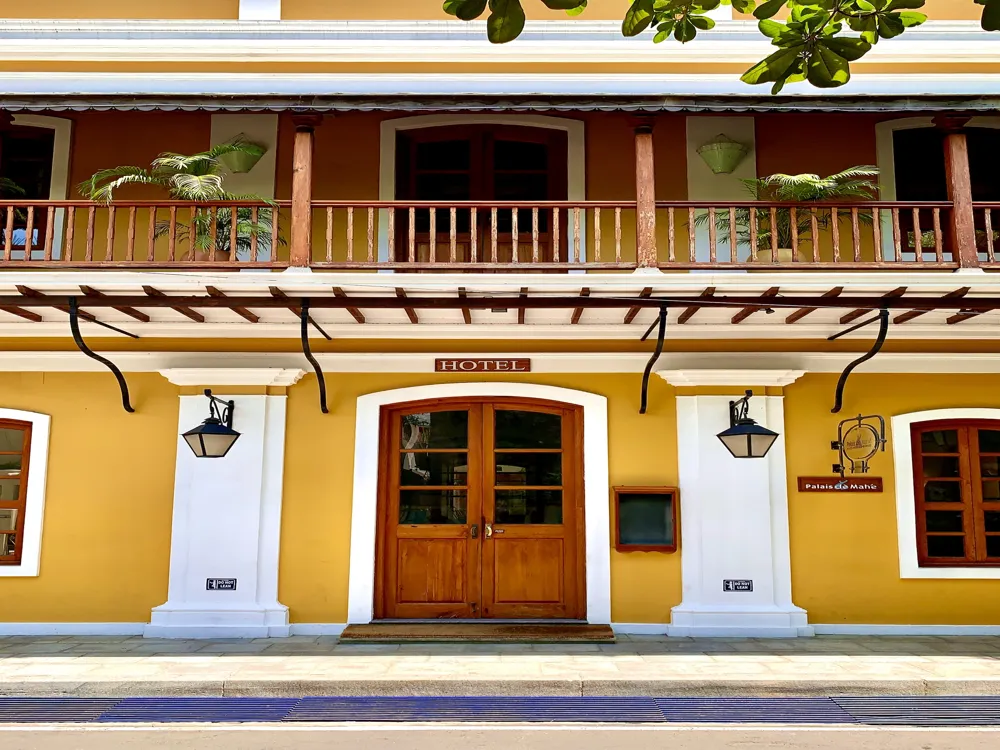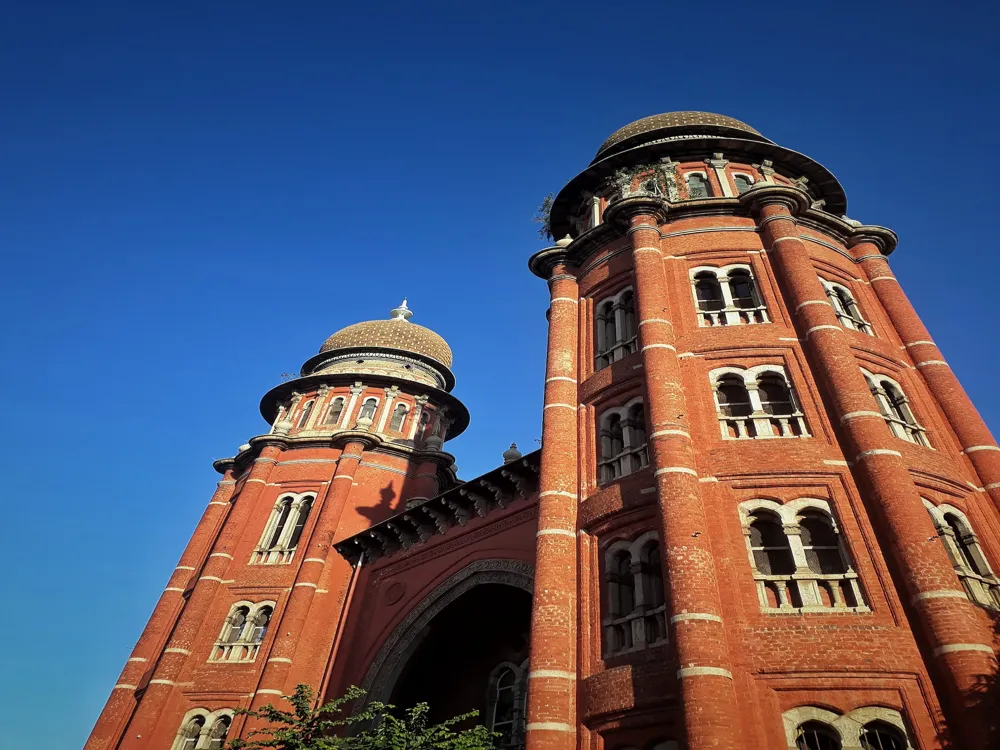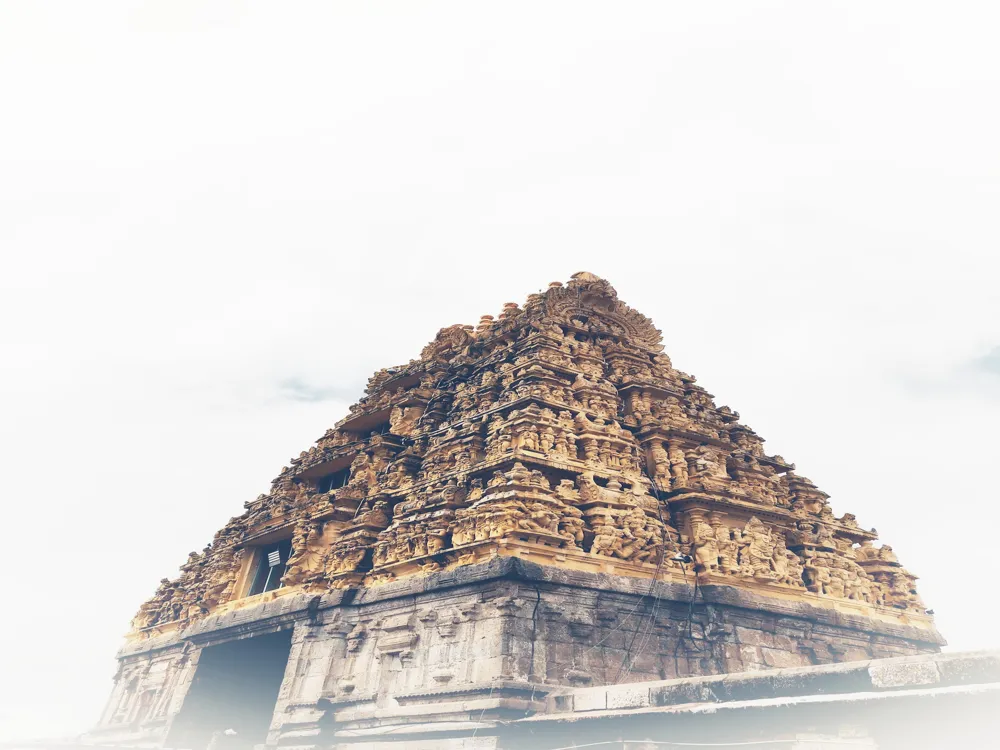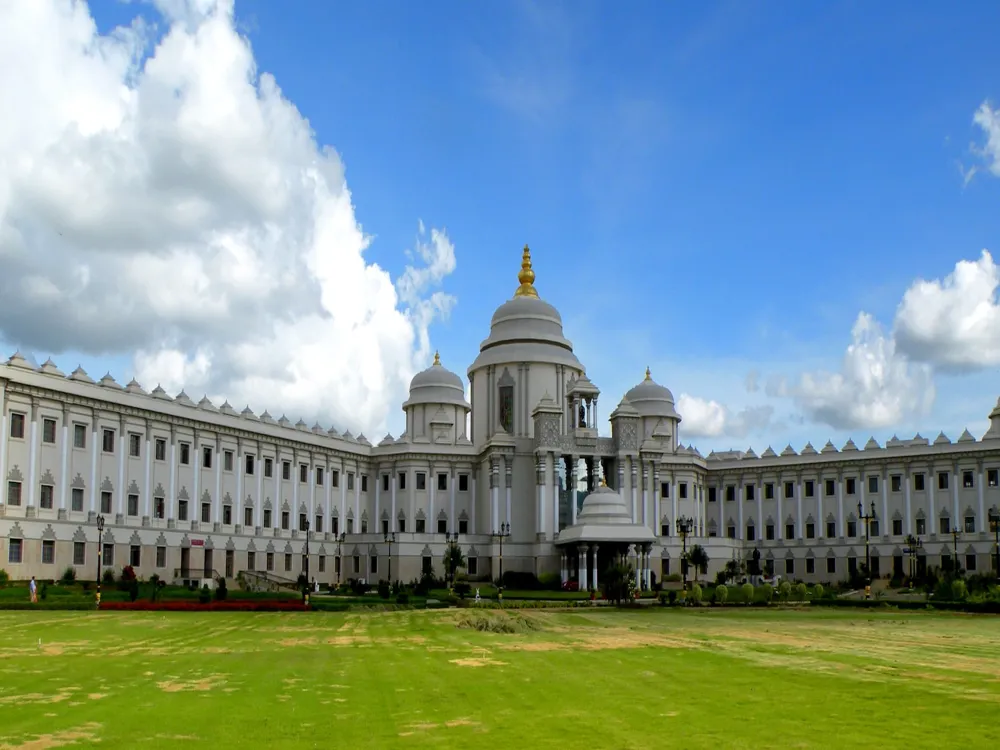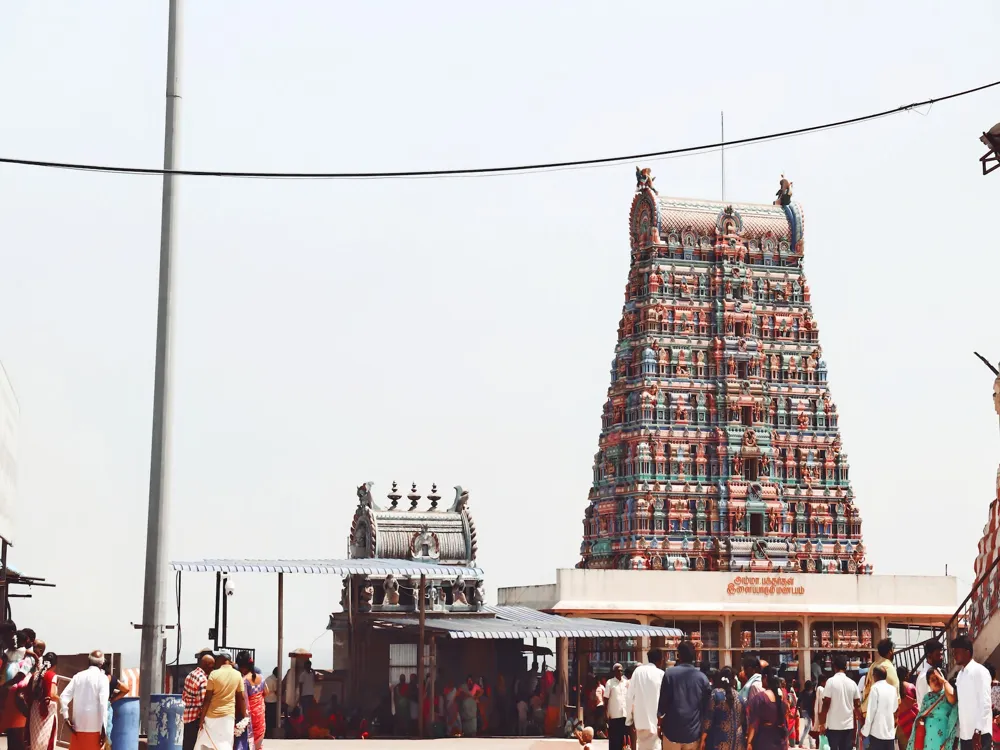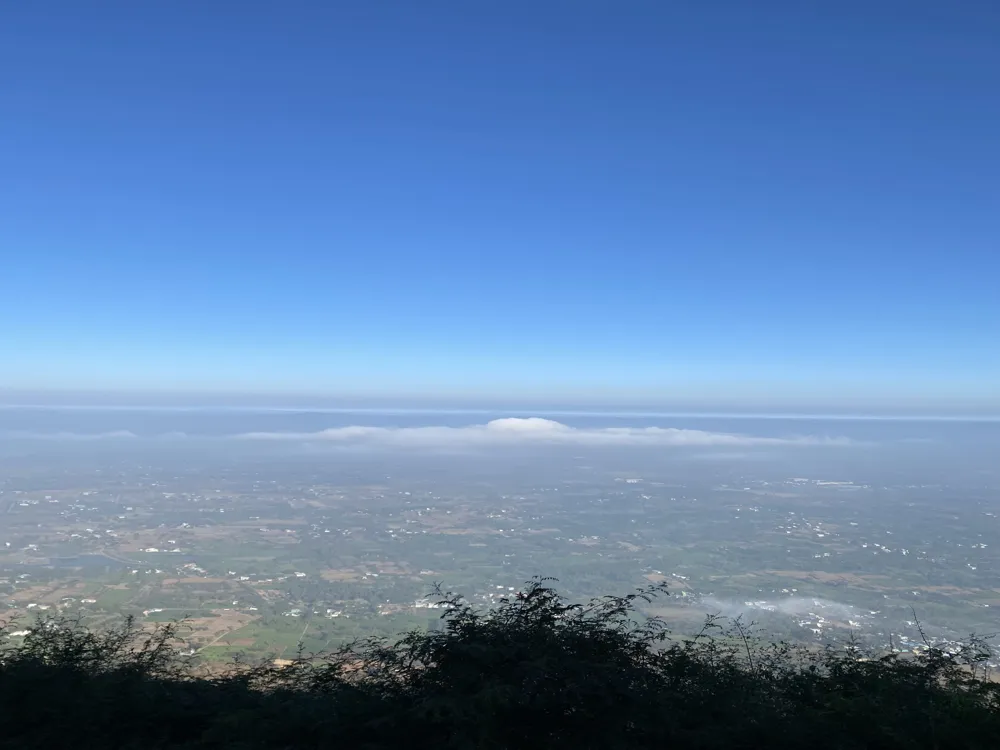Nestled in the ancient city of Kanchipuram in Tamil Nadu, the Kailasanathar Temple stands as a remarkable testament to the architectural grandeur of the Pallava Dynasty. This temple, dedicated to Lord Shiva, is not just a religious sanctuary but a historical landmark that has withstood the test of time, dating back to the early 8th century. The Kailasanathar Temple is revered not only for its spiritual significance but also for its artistic and architectural magnificence. The temple's history is deeply intertwined with the reign of the Pallavas, who were known for their patronage of arts and culture. It is believed to have been built by the Pallava King, Narasimhavarman II, also known as Rajasimha, and showcases the early phases of Dravidian architecture. This temple is a prime example of the architectural evolution that took place in South India during this period. Unlike the towering gopurams (temple towers) typical of later Dravidian temples, the Kailasanathar Temple is more modest in height but intricate in its details. The sandstone structure is adorned with a plethora of sculptures, intricate carvings, and frescoes that are a testament to the craftsmanship of the Pallava artists. The temple's layout, with its square garbhagriha (sanctum sanctorum) and circumambulatory path, reflects the architectural style of its era. The temple complex is also famous for its fifty-eight small shrines, built into the niches of the compound wall. These shrines, dedicated to various forms of Lord Shiva, showcase a diverse range of iconography and styles. The significance of Kailasanathar Temple transcends its religious aspects, serving as a crucial link in understanding the evolution of temple architecture in South India. The architecture of Kailasanathar Temple is a fascinating subject for historians, architects, and art lovers alike. This temple is a classic example of early Dravidian architecture, characterized by its pyramidal tower, square mandapas (pavilions), and intricate rock carvings. The temple's foundation is made of granite, which was a preferred material due to its durability, while the superstructure, including the carvings, is made of sandstone. One of the most striking features of this temple is the vimana, the pyramidal tower above the sanctum. Unlike the later Dravidian temples, where the gopuram became the main tower, here the vimana holds prominence. The vimana of the Kailasanathar Temple is adorned with intricate carvings and sculptures that depict various stories from Hindu mythology, particularly those associated with Lord Shiva. The inner sanctum of the temple, the garbhagriha, is designed to house the deity, a lingam - the iconic representation of Lord Shiva. This space is revered as the most sacred part of the temple, where devotees can feel a deep spiritual connection with the divine. Surrounding the sanctum is a series of intricately carved pillars and a circumambulatory path that allows devotees to perform pradakshina (circumambulation) as a form of worship. Another notable aspect of the temple's architecture is its depiction of various forms of Lord Shiva through its numerous sculptures and frescoes. These depictions not only serve a religious purpose but also provide a glimpse into the art and culture of the time. The temple's walls are a canvas, telling stories and depicting scenes from sacred texts, showcasing the skill and creativity of the Pallava artisans. The fusion of architectural elements, ranging from the towering vimana to the minutely detailed sculptures, makes the Kailasanathar Temple a masterpiece of Pallava architecture. It stands as a testament to the artistic excellence and architectural ingenuity of ancient India. Visitors should dress conservatively, covering shoulders and knees, as a sign of respect in this sacred place. Be mindful of photography rules. Some areas within the temple may prohibit photography to preserve the sanctity of the site. Consider taking a guided tour to gain deeper insights into the temple's history, architecture, and religious significance. Respect the customs and practices inside the temple. Observe silence and avoid touching the sculptures and paintings. Early mornings or late afternoons are ideal for visiting to avoid the heat and to experience the temple in a serene atmosphere. Kailasanathar Temple is well-connected and accessible by various means of transport. The nearest airport is Chennai International Airport, from where one can hire a taxi or take a bus to Kanchipuram. Kanchipuram is also well connected by train to major cities in India. Once in Kanchipuram, the temple is easily reachable by local transport like auto-rickshaws and taxis. For those driving, Kanchipuram is connected through a network of well-maintained roads. Read More:Overview of Kailasanathar Temple, Kanchipuram
Architecture of Kailasanathar Temple
Tips When Visiting Kailasanathar Temple
Dress Appropriately
Photography Restrictions
Guided Tours
Temple Etiquette
Best Time to Visit
How To Reach Kailasanathar Temple
Kailasanathar Temple
Kanchipuram
Tamil Nadu
NaN onwards
View kanchipuram Packages
Weather :
Label : Must Visit
Tags : Temple
Timings : 6:00 AM - 12:00 PM, 4:00 PM - 7:00 PM
Time Required : 1-2 hrs
Entry Fee : No entry fee
Planning a Trip? Ask Your Question
Kanchipuram Travel Packages
View All Packages For Kanchipuram
Top Hotel Collections for Kanchipuram

Private Pool

Luxury Hotels

5-Star Hotels

Pet Friendly
Top Hotels Near Kanchipuram
Other Top Ranking Places In Kanchipuram
View All Places To Visit In kanchipuram
View kanchipuram Packages
Weather :
Label : Must Visit
Tags : Temple
Timings : 6:00 AM - 12:00 PM, 4:00 PM - 7:00 PM
Time Required : 1-2 hrs
Entry Fee : No entry fee
Planning a Trip? Ask Your Question
Kanchipuram Travel Packages
View All Packages For Kanchipuram
Top Hotel Collections for Kanchipuram

Private Pool

Luxury Hotels

5-Star Hotels

Pet Friendly












